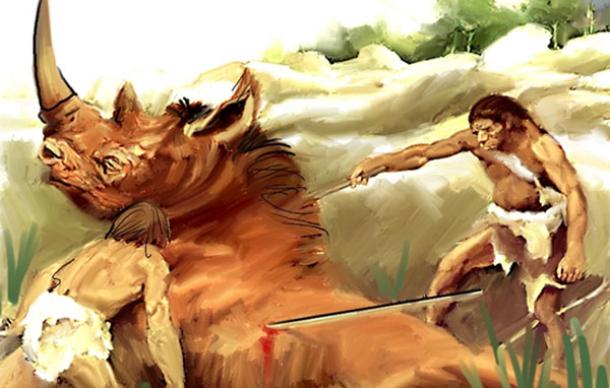| Online: | |
| Visits: | |
| Stories: |

| Story Views | |
| Now: | |
| Last Hour: | |
| Last 24 Hours: | |
| Total: | |
New study blames humans for megafauna extinction

A new study published in the journal Quaternary International has added fuel to the long-running debate about how megafauna, such as woolly mammoths, giant sloths, and mastodons, became extinct, an article in Live Science reports. Various theories have attributed the extinctions to human hunting, climate change, disease, impacts from asteroids, or other causes. However, the latest research places the blame firmly on the shoulders of the humans.
A well-known mass extinction of megafauna, the Holocene extinction, occurred at the end of the last ice age glacial period and wiped out many giant ice age animals, such as woolly mammoths, in the Americas and northern Eurasia. However, this extinction pulse near the end of the Pleistocene was just one of a series of megafaunal extinction pulses that have occurred during the last 50,000 years over much of the Earth's surface, with Africa and southern Asia being largely spared.
Source: http://www.ancient-origins.net/news-evolution-human-origins/new-study-blames-humans-megafauna-extinction-001724



